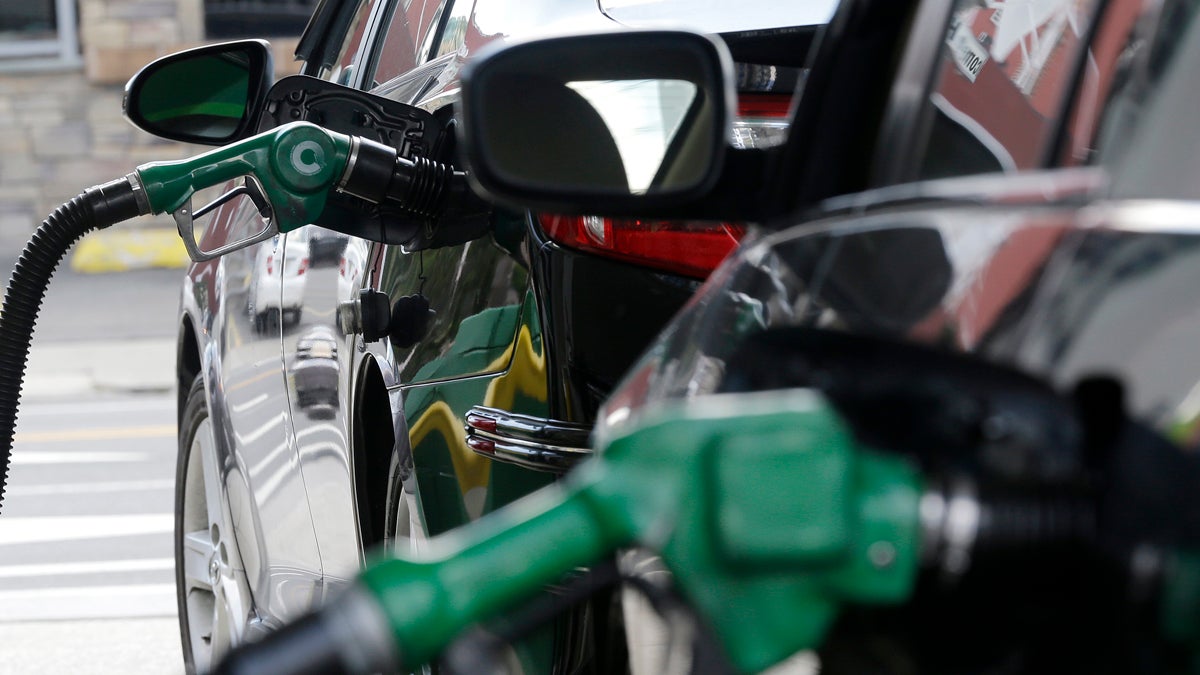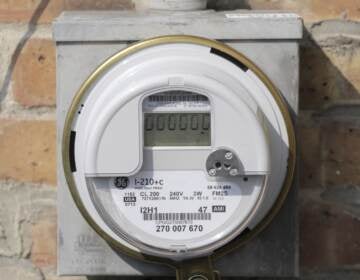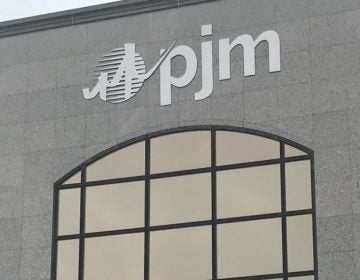N.J. gas tax likely to increase because revenue is coming up short of target
Final decision a couple of weeks away, but tax is likely to be raised by a few pennies to maintain the Transportation Trust Fund

Nozzles pump gas into vehicles at a BP gas station. (Julio Cortez/AP Photo)
While a final ruling is going down to the wire in Trenton, it’s appearing more likely that New Jersey’s gas tax will increase by at least a few pennies later this year thanks to a 2016 law.
The state’s top budget officials had until yesterday to get together to determine whether the gas tax, at its current rate, was producing enough revenue to stave off an upward adjustment.
Treasurer Elizabeth Maher Muoio told NJ Spotlight in an interview that while those meetings occurred, a decision is still a couple of weeks away as some final revenue figures are still being analyzed.
“We want to make sure we have the most up-to-date and accurate information available before we make any determination,” Muoio said.
The lack of an official ruling yesterday doesn’t mean that motorists are in the clear. In fact, the latest state revenue figures suggest a modest gas-tax hike will be needed to comply with the terms of the 2016 law, which is intended to protect the integrity of the state’s Transportation Trust Fund. Any hike would go into effect on October 1.
Right now, the state’s per-gallon tax for gasoline is 37.5 cents. While an increase that brings it closer to or even beyond 40 cents could go unnoticed by most motorists at the pump, it would eat into whatever competitive advantage New Jersey continues to maintain against other states in the region that have higher gas taxes.
Lawmakers inserted fine print to deal with drop in revenue
New Jersey motorists for decades enjoyed one of the lowest gas-tax rates of any U.S. state, but that all changed in 2016 when Democratic legislative leaders reached a compromise with former Republican Gov. Chris Christie to increase the per-gallon rate by 23 cents. The hike was enacted largely to renew the Transportation Trust Fund, an “off-budget” capital account that pays for road, bridge, and mass-transit projects. The deal extended the TTF for another eight years after it ran dry in the middle of 2016.
Christie and lawmakers used legislation to hike the gas tax — the taxes on diesel and other fuels were also increased at the same time — and they inserted fine print into the 2016 bill to make sure there wouldn’t be a major drop in revenues in the event there was a decline in overall fuel consumption. Under that language, the 23-cent gas-tax increase can be adjusted annually to ensure there is a baseline of roughly $1.16 billion in new revenue to add to what the gas taxes generated for the TTF each year. If it’s falling short, the law calls for a new rate to be established to make up the difference; the rate would be lowered if there’s a surplus.
The fine print also calls for the state treasurer and the budget and finance officer from the nonpartisan Office of Legislative Services to determine by August 15 each year whether the gas tax is generating adequate revenue at its current rate. It also says any change in the rate “shall take effect on October 1 of that year.”
We’ll know by the end of August
While Muoio has yet to make the final determination — and the law doesn’t specifically state when that must happen in the run up to October 1 — the state traditionally gives notice within 30 days of any such noteworthy tax change. That means an announcement is likely to come from the Treasury by the end of August.
The first signs of trouble that the gas tax was in danger of falling short of its target for the 2018 fiscal year came several months ago when Muoio appeared before lawmakers in the State House to provide them with an update on the performance of all of the state’s major revenue streams. The revenue projection for the part of the gas tax that applies specifically to the 2016 law was reduced by nearly $82 million in advance of those meetings with lawmakers.
Muoio told lawmakers she would continue to keep an eye on gas-tax revenues, given that the longest months of the summer — a time when fuel consumption traditionally picks up — had yet to pass. But other revenue figures made public around the same time indicated the gas tax was on pace to come up at least $100 million short of the target. Each cent of the gas tax brings in about $50 million, suggesting the increase could be at least two pennies.
It’s not clear why gas consumption has fallen off from the mark that was set in New Jersey in 2016 when the baseline revenue target was established by law. The drop has coincided with the growing popularity of more fuel-efficient hybrid cars and those that run solely on electric power. The implementation of the 23-cent increase could have also softened consumption, or eliminated the incentive for truckers or motorists from Pennsylvania and New York — where the respective gas taxes remain higher than they are in New Jersey — to fill up in New Jersey.
Meanwhile, not helping matters was a decision made by Democratic legislative leaders in late June that led to a diversion of $50 million in transportation capital-reserve funds to NJ Transit to help subsidize that agency’s cash-starved operating budget. While the maneuver provided some breathing room in the state’s own spending plan for the 2019 fiscal year when lawmakers were reluctant to approve a number of tax hikes that Democratic Gov. Phil Murphy was seeking to enact, it also reduced the margin for error for the TTF’s overall eight-year, $16 billion capital plan.
WHYY is your source for fact-based, in-depth journalism and information. As a nonprofit organization, we rely on financial support from readers like you. Please give today.




